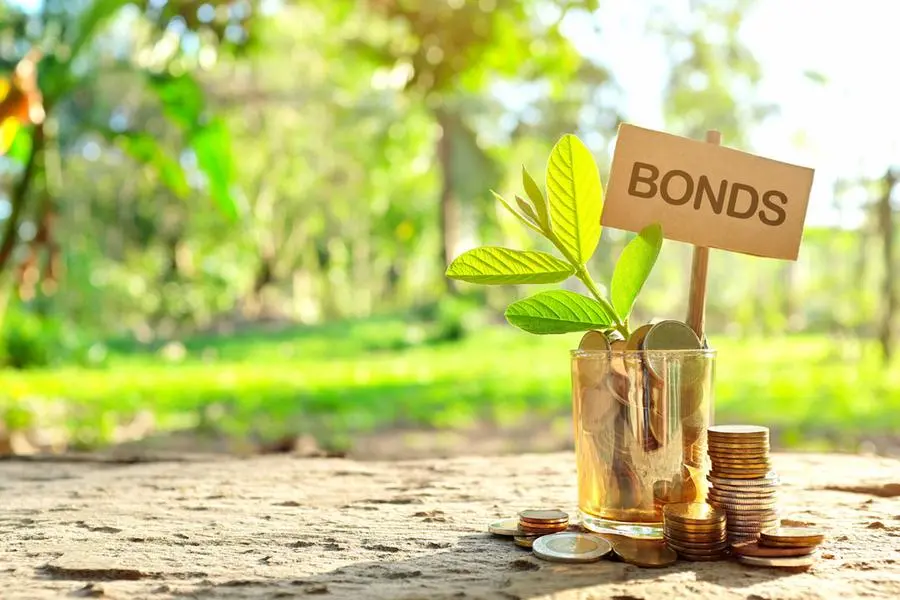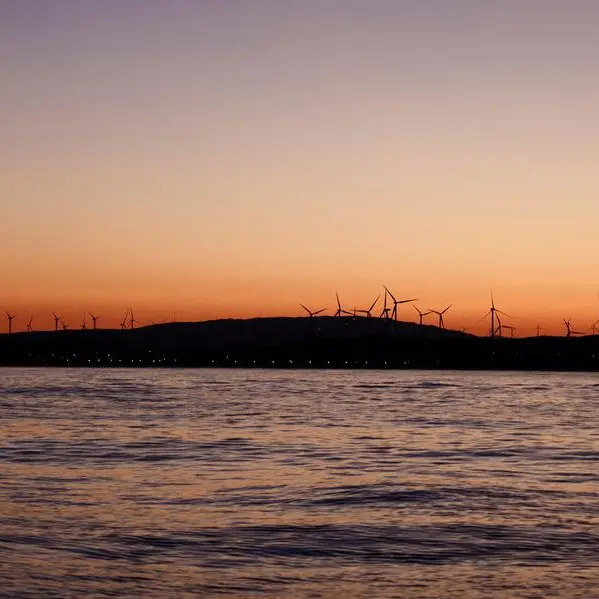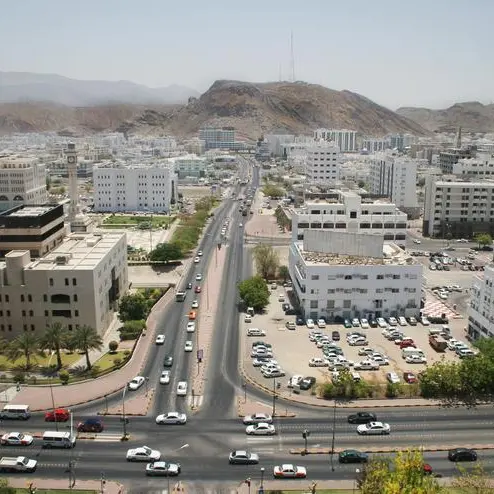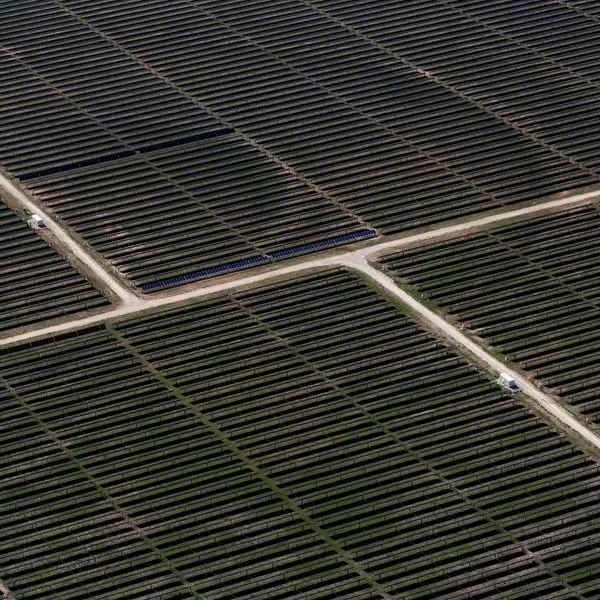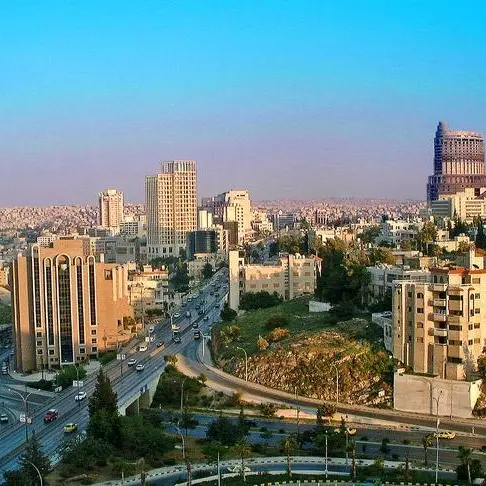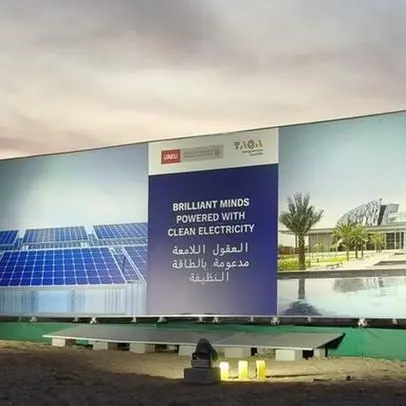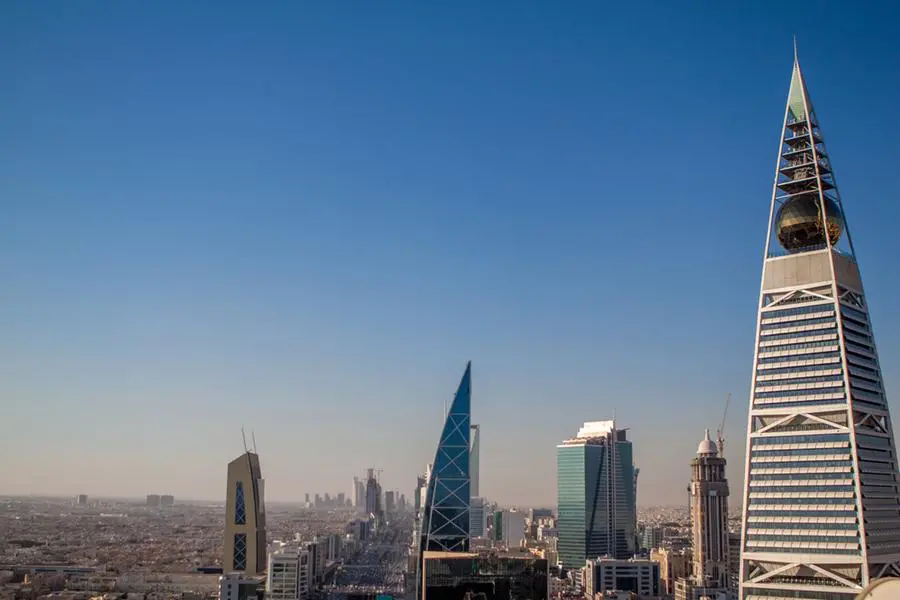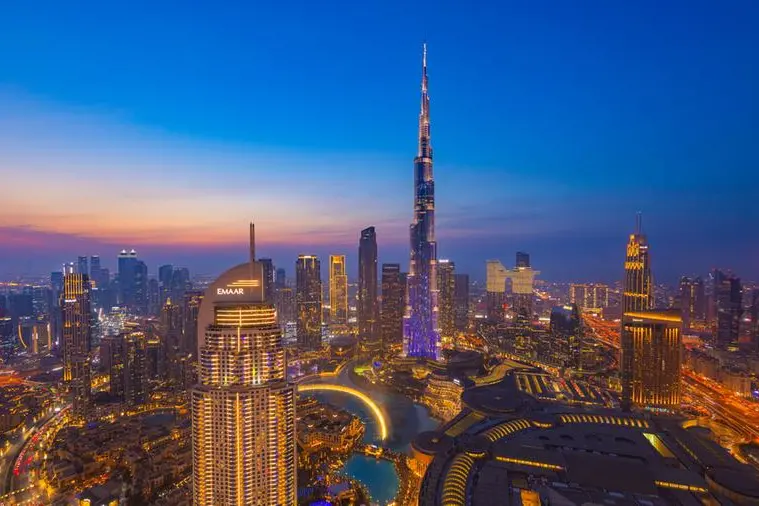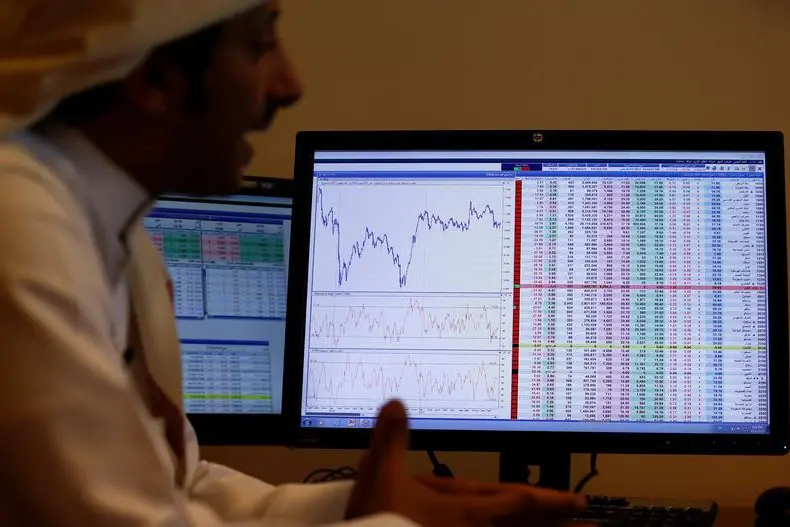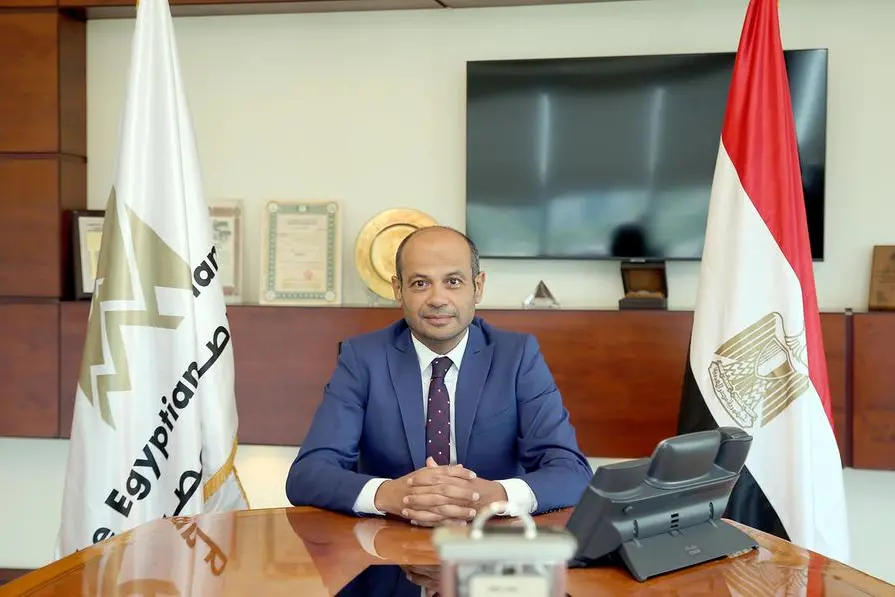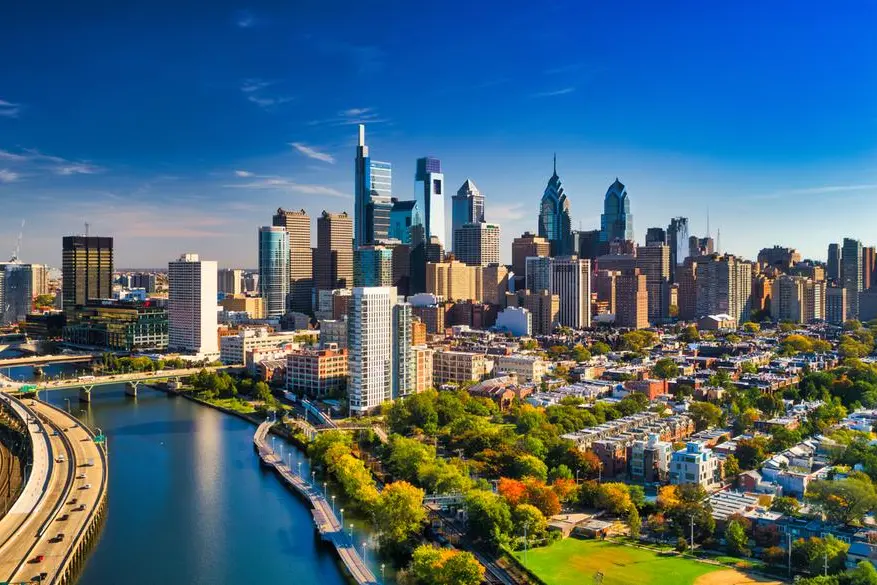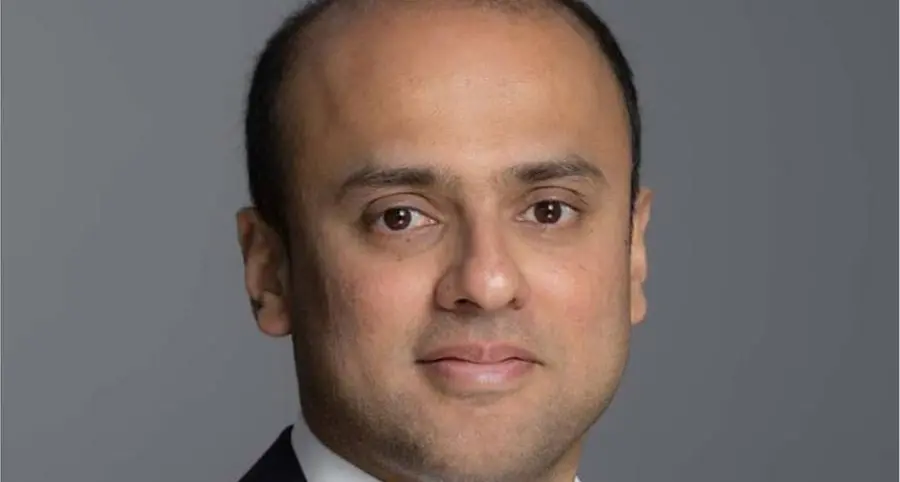PHOTO
Image used for illustrative purpose. Saudi Arabia (Aa3/A+; Moody's/Fitch) had already raised US$12bn in the US dollar market in January and had told investors it would only raise further funds in the currency in non-conventional format, meaning sukuk. Image courtesy: Getty Images
Saudi Arabia finally issued its debut green bond on Tuesday nearly a year after it published its green financing framework, though the degree to which dedicated ESG funds participated isn't clear.
The banks involved in the trade said it had strong interest from green funds. However, given that the big investment firms could put in orders for a number of their portfolios without necessarily disclosing which ones, identifying exactly how much of the bond was put into environmentally friendly funds is a difficult task – even for those allocating the book.
"We saw a strong take-up from ESG investors, albeit it's very hard to classify. Maybe we got, for example, a €150m order but only part of it was ESG. So it's hard to put a finger on it," said a banker close to the deal. "But what we got was supportive feedback from ESG accounts – Article 8 funds were looking at the transaction, European funds, Swiss funds. We even had a good take-up from ESG accounts in Asia"
Article 8 funds, as classified by the EU, are those that promote environmental "characteristics", as opposed to darker green Article 9 funds, which have a sustainable "objective".
Certain investors, though, will have found the deal unpalatable, whether because Saudi is still largely an oil and gas-based economy, albeit less so than a decade ago, or for other broader political reasons, such as its human rights record. "Some investors had exclusions on Saudi," said the banker.
Saudi sold the €1.5bn seven-year green bond as part of a €2.25bn fundraising that included a €750m 12-year conventional tranche via global coordinators and active bookrunners, HSBC, JP Morgan and Societe Generale.
The green bond was popular, with orders of more than €7.25bn compared with €2.7bn for the conventional note. That, in turn, helped pricing tighten more on the green bond.
After announcing initial price thoughts in the areas of 155bp over swaps for the March 2032 greens and plus 175bp for the March 2037s, the bonds launched at plus 115bp and plus 145bp, respectively.
Leads said the green bond came in line with Saudi Arabia's US dollar secondary curve after adjusting for the cross-currency swap, though a banker away from the deal thought it came marginally wider. There was more consensus on the conventional note, which landed about 10bp back of the sovereign's US dollar curve.
Support for the green bond was further confirmed after it was free to trade, with it moving half a point higher in cash price terms and significantly outperforming the conventional note, which was up by about 15 cents.
Good call
The deal justified Saudi Arabia's decision to issue its debut green bond in the euro market rather than US dollars. In so doing it became the first Gulf sovereign to issue a green note in the single currency. Last year, Qatar, for example, went to the US dollar market for its debut green bond.
Saudi Arabia (Aa3/A+; Moody's/Fitch) had already raised US$12bn in the US dollar market in January and had told investors it would only raise further funds in the currency in non-conventional format, meaning sukuk. In addition, the deepest investor base for ESG deals is the euro market.
With the cross-currency swap and headline coupons also working in the euro's favour, "the idea was to take advantage of market conditions", said the banker, while also aligning with the sovereign's broader funding strategy for the year.
Controversial
The green bond was issued off Saudi's green financing framework, which was published last March. The document was the first time that the country had explicitly set out its climate strategy and introduced the concept of a "circular carbon economy", which remains controversial despite being endorsed by G20 leaders. Critics see CCE as an attempt to justify reducing carbon emissions using unproven new technologies to capture, store or sell emissions, while continuing to extract oil and gas.
A second lead banker said the feedback on the framework was that "it's one of the best" for any issuer. However, there are shortcomings, with a Moody's second-party opinion describing it as providing only a "moderate" contribution to sustainability even if it is aligned with the relevant principles.
Still, many investors say the country is moving in the right direction. "We view Saudi Arabia as one of the more impressive reform stories in emerging markets," said Eoghan McDonagh, a senior portfolio manager in the global EM fixed-income team at Allianz Global Investors. "They are already making good progress in diversifying their economy away from oil as part of their Vision 2030 plan."
He said that while the sovereign is targeting net zero by 2060, two of the country's key state-owned companies, the Public Investment Fund and Aramco, are aiming for net zero by 2050.
"Power generated by renewables is targeted to be 50% by 2030, a significant increase. Using our internal proprietary ESG framework, we have seen Saudi's combined ESG score increase for each of the last nine years. We expect them to continue in this manner, and we're happy to invest as a result," he said.
Viktor Szabo, investment director for EM debt and sustainable finance at abrdn, said it was "a welcome development" for a new country to join "the elite club of labelled bond issuers".
Investors, however, also acknowledged that the country has more to do. "We think the kingdom would benefit from strengthening its 2030–35 targets with an absolute emissions reduction target, instead of a reduction below a baseline scenario, and clarifying land use and forestry sector assumptions," said Kaan Nazli, EM debt portfolio manager at Neuberger Berman.
Additional reporting by Tessa Walsh
